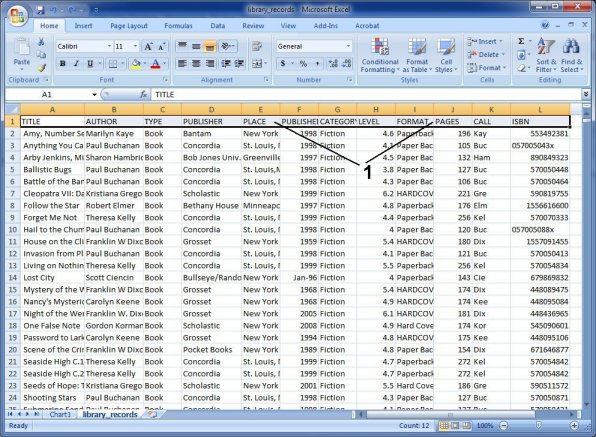


Support for serializing arbitrary native data structures increased the readability of the YAML files, but it has made the parsing and file generation process complicated a little. Basically, the YAML is designed for human interaction and to work well with modern programming languages. Its syntax is independent of a specific programming language. In such cases, a database would be the optimal choice.YAML file consists of a language YAML (YAML Ain’t Markup Language) which is a Unicode based data-serialization language used for configuration files, internet messaging, object persistence, etc. It’s also important to note that you can’t rely on these files when working with a high-speed application. They don’t need parsing, as the json module provides a simple way to read and write JSON files. JSON files can be used to store structured data in a human-readable format. It’s important to note that when parsing integers, you have to convert them back to integers using the str() method. You can parse the text files to get back the structured data, for use in your program. You can use them to store simple text and even structured data. Text files can serve a variety of purposes. We finally wrote the updated employees list back to the file. We then added a new employee to the list. Using the json.loads() method, we convert the JSON string to a list of dictionaries. JSON stores data in a key-value pair format. The json module provides a simple way to read and write JSON files. In Python, we can use the json module to work with JSON files. JSON is a human-readable data format that’s easy to read and is natively supported in almost all major programming languages. If using text files feels a little messy for you, you might consider using JSON files. It provides a way to serialize and deserialize Python objects for storage in files. To build, store and read large structures using text files, you might consider using the pickle module. You can now use this list in your program.

We then convert the two variables into a dictionary and append them to the employees list. We loop through the content list and split each line into two variables name and age.
#DB TEXT FILE FORMAT CODE#
Create a new file app.py somewhere on your machine and open it on your code editor.Įmployees. To demonstrate how we can use a text file to store data, let’s build a simple program that will store a list of employees in a text file. In Python, reading and writing text files are supported by default and require no additional libraries. Writing data to a text file using write() For example, a text file can be used to export a list of names, emails, or a combination of both. Mostly, they are used to store simple text that requires no special formatting. Text files can be used to store all sorts of data. They don’t even require any formatting knowledge, unlike databases.
#DB TEXT FILE FORMAT SOFTWARE#
Text files don’t require any special software to be used. One of the main reasons text files are used is their simplicity. Text files are one of the most used file formats in the world today. Some of the most used files are Text files and JSON files. The file will allow you to write and retrieve data for use in your program. You can store data in a structured way inside a file. A database is a collection of data organized in a way that makes easier to access and manipulate.Īlthough databases are often used to store data, they are not the only way to store data. One of the main ways of storing data is by the use of a database.


 0 kommentar(er)
0 kommentar(er)
